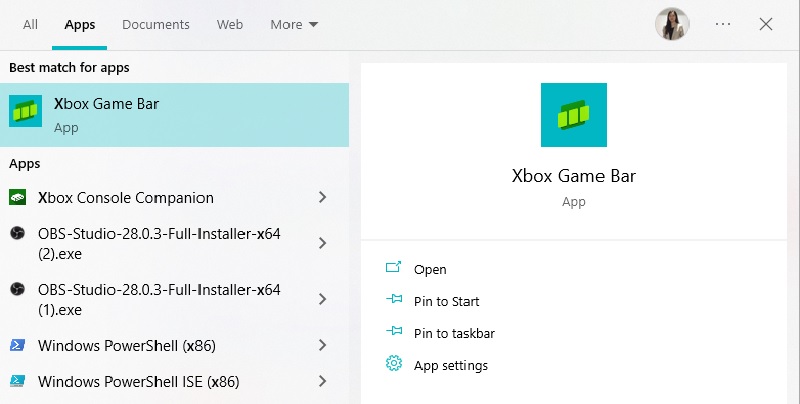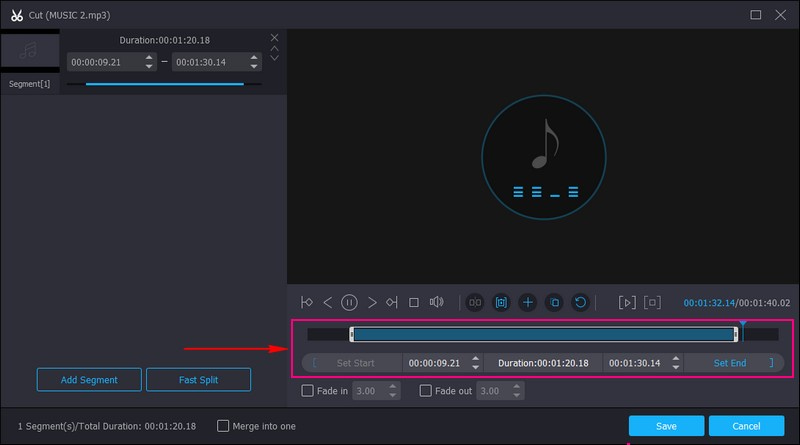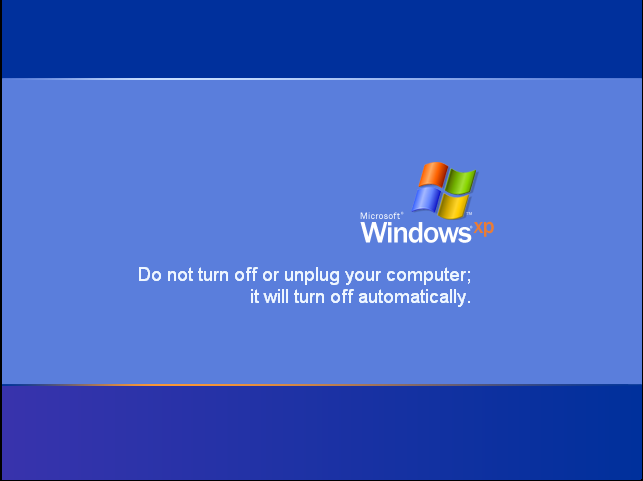


(you’ll need to either find a way to extract it or install Hyper-V Server in a VM to get the vmguest.iso) You can get the IC from Hyper-V 2012/2012R2 Server, a free download, here: What you need is the vmguest.iso from an older version of Hyper-V to install the Integration Components (IC). Also I'm fairly new to Hyper-v (switched from Virtual Box and VMWare, I can use VMWare again but totally disappointed with Virtual Box - the one caused 2 times of BSOD error on my host). It's not really important currently but I think it may be in future. I hope someone here has experienced this issue to help me solve it. I've tried googling for its driver but not found anything. I've also seen some screen shot showing info about 1 video adapter called Microsoft Hyper-v Video but I'm not sure about the guest OS as well as how to make that available in my XP guest. I've tried googling around and found out about RemoteFX and Integration services but they seem to be used only in a Windows Server host. Technically I need to know about the hardware info but it is not even listed for me to see any piece of info to search for the drivers.


It looks like drivers are missing but I don't know what to download. You can see there is one entry listed involving sound in the pic but in fact the sound device is not working, I opened the Sounds and Audio Devices in Control Panel and here is what it shows: However after installing XP for the guest machine, I don't see any VGA or sound driver, so the performance in guest machine is a little poor and no sound can be played, here is the screen shot of the Device manager: In the right pane, double-click **Allow audio redirectio.I have a Windows 10 host with 1 XP virtual machine using Hyper-v. In the console tree, expand the policy, expand **Computer Configuratio, expand **Administrative Templates expand **Windows Component, expand **Terminal Service, and then click **Client/Server data redirectio. Under **Group Policy Objec, specify the Group Policy object that you want (for example, **Local Computer Polic), and then click **Finis. On the **Fil menu, click **Add/Remove Snap-i.Ĭlick **Group Policy Object Edito, and then click **Ad. In the **Ope box, type mmc, and then click **O. After turning the below item on in group policy and applying it to the desktops in question the sound now works! No need for a driver in the ESX box, the RDP client does bring the sound back to the connecting laptop.Įnable the "Allow Audio Redirection" Group Policy Setting


 0 kommentar(er)
0 kommentar(er)
